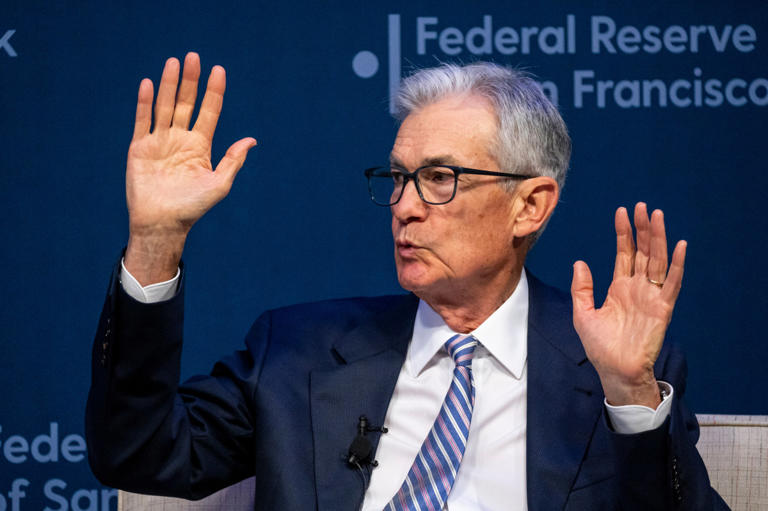Tobias Adrian, Vitor Gaspar, and Pierre-Olivier Gourinchas from the International Monetary Fund (IMF) have raised a red flag regarding the alarming trend of rising public debt relative to gross domestic product (GDP) across the globe. This concerning trend is not confined to specific regions but spans across both developed and developing economies, presenting a significant challenge to global economic stability.
The projections put forth by the IMF highlight a stark reality: by the year 2028, public debt is expected to soar to 120 percent of GDP in advanced economies and 80 percent in emerging and middle-income nations. This surge in public debt can be primarily attributed to a prolonged period of historically low interest rates, which have diminished the sense of urgency for fiscal consolidation, allowing government deficits and debt levels to balloon.
The onset of the COVID-19 pandemic exacerbated this already precarious situation, triggering widespread economic disruptions on a global scale. In response to the unprecedented challenges posed by the pandemic, governments worldwide implemented extensive emergency support measures, largely financed through borrowing. However, as interest rates begin to climb, the cost of servicing this debt escalates, posing a formidable challenge for governments across the board.
Of particular concern are countries deemed riskier, which face higher borrowing costs in the international financial markets. António Guterres, the United Nations Secretary-General, sounded the alarm regarding the disproportionate burden faced by African nations, where borrowing costs are four times higher than those of the United States and eight times higher than the wealthiest European countries. This discrepancy underscores the uneven distribution of financial vulnerabilities across the global economic landscape.
The release of the report titled “A World of Debt: A Growing Burden to Global Prosperity” last summer shed further light on the severity of the debt crisis, particularly in the developing world. Nearly 40 percent of developing countries, encompassing 52 nations, are grappling with severe debt difficulties, posing significant challenges to their economic growth and development prospects.

The staggering global public debt, which reached $92 trillion by 2022, has profound implications for resource allocation and investment priorities. Interest payments on this debt are increasingly encroaching on funds that could otherwise be directed towards essential expenditures, such as healthcare, education, and infrastructure development, particularly in developing countries.
Moreover, the high levels of public debt constrain the financial capacity for critical investments in the private sector, which are vital for job creation and wealth generation. This, in turn, exacerbates the already dire economic challenges faced by nations, hindering their efforts to achieve sustainable growth and development.
In summary, the escalating public debt levels pose a significant threat to global prosperity, with developing countries bearing the brunt of the burden. Addressing this mounting debt crisis requires concerted efforts from policymakers worldwide to implement prudent fiscal policies, enhance debt management practices, and foster inclusive economic growth that benefits all segments of society. Failure to take decisive action risks undermining the long-term economic stability and prosperity of nations across the globe.


















































































